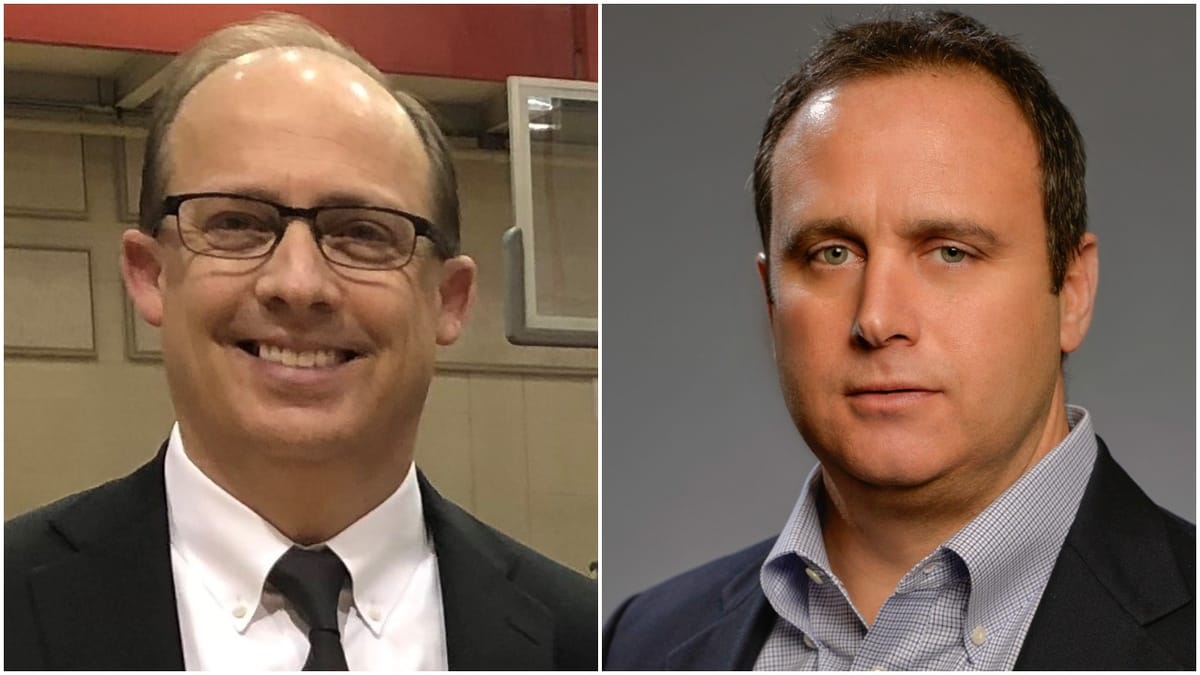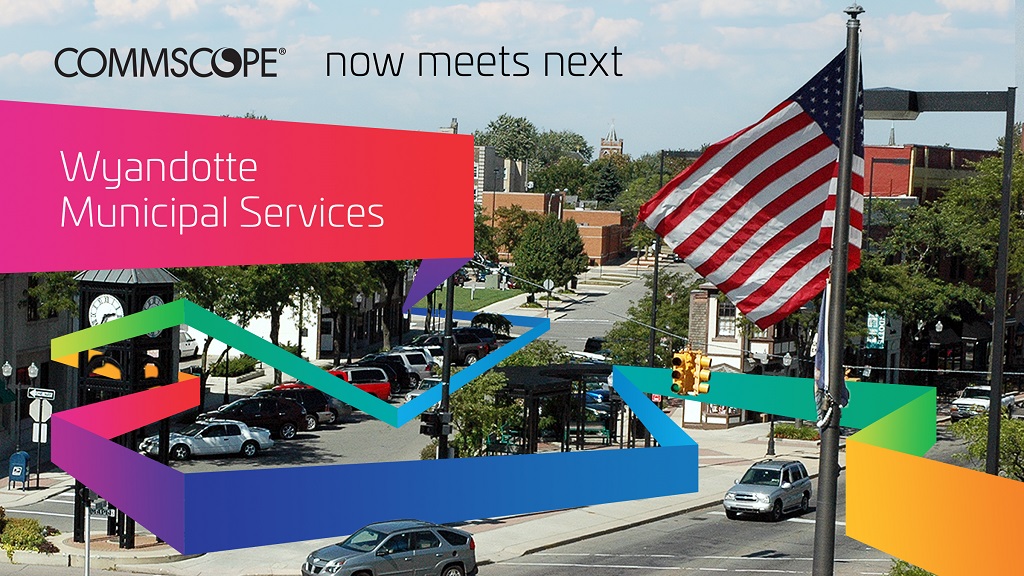Paul LaManes and Tom McLaughlin: Lessons Learned from a Successful Municipal Broadband Project Partnership
When it comes to a decision that will affect the lives of everyone in your community for years to come, the only place to start is with the truism, “You don’t know what you don’t know.” What we did know is that with all the technological options we knew a collaborative expertise was going to […]
Broadband Breakfast

When it comes to a decision that will affect the lives of everyone in your community for years to come, the only place to start is with the truism, “You don’t know what you don’t know.”
What we did know is that with all the technological options we knew a collaborative expertise was going to be required to obtain the outcome we desired. That was the starting point for Wyandotte Municipal Services, which serves the community of Wyandotte, Michigan., located about 11 miles south of Detroit, when it came time to upgrade our municipal broadband infrastructure.
In 1983, Wyandotte introduced basic cable television service over a coaxial network. By 1999, that network had been rebuilt into a hybrid fiber coaxial infrastructure operating at 750 MegaHertz (MHz) and providing broadband cable TV, internet and phone service to 7,544 residential and business subscribers.
However, as the network continued to grow, subscribers began experiencing congestion in the network, which led us to start planning a network upgrade.
Our first step to address this issue was to use node splits and that resolved the issue for a few years but was a stop gap measure to the inevitable, how to future-proof the system for years or decades to come. After comparing the cost of additional node splits, fiber deeper and possibly a remote physical solution to the cost of bringing fiber to the home, we found that FTTH would not only more effectively eliminate network congestion, but also lay the foundation for future smart city and smart home programs.
Our experience with this project provides a textbook case for how to tackle a broadband network upgrade and the benefit from having an experienced partner at CommScope.
Rely on independent, third-party expertise
To find out “what you don’t know,” it’s vital to turn to a true expert. The consequence of failure is just too great, and relying on internal staff to “get up to speed” or bringing on a consultant with limited field experience is a recipe for failure.
To ensure we made our decision based on knowledge, not assumptions, we decided to partner with an expert in connectivity solutions for communications networks.
Here are just some of the vital answers and services our partner was able to provide to Wyandotte:
- Resourcing – Our partner quickly recognized that we were a small operation with very qualified but limited staff and faced a critical resource gap. The partner’s Professional Services team then provided us with analysis, guidance and design support as we worked through determining the best network solution. As a result, the City of Wyandotte was able to maximize our network investment and potential.
- Planning – Thanks to our partner’s breadth of experience, Wyandotte was assured of being presented with every possible option for our upgrade and formulating a cutting-edge plan for delivering superfast download and upload speeds combined with unparalleled performance.
- An advocate – As a client of the city’s municipal services, our partner’s goal was to help us select the best possible option for our needs – and not be pressured into taking an approach that benefited a particular consultant or network provider.
- Follow-through – Once the design was finished, our expert partner would be able to seamlessly handle the implementation of whatever plan we decided on, including management of multiple contractors, network component integration, and the relocation and expansion of WMS’ headend.
Make the right decision for your future
2020 demonstrated how important internet connectivity has become to keeping our society functioning in the face of rapid and unpredictable change. This makes choosing the right broadband strategy of vital importance. Our partner was critical in helping Wyandotte sort through the issues of hybrid fiber-coaxial and FTTH systems.
The analysis started with defining and quantifying the cost and benefits of upgrading the existing HFC network versus building an FTTH network. While an initial high-level evaluation of architecture, technologies, business resources and future service goals suggested that an FTTH build made the most sense, we had our partner perform a more in-depth analysis that addressed challenges such as headend relocation, fiber overlay requirements, an FCC repack, IP-delivery requirements, and budget and municipal funding. For this deeper evaluation, our partner had the knowledge and experience to:
- Analyze various FTTx architectures and IPTV solutions
- Develop a five-year broadband technology roadmap
- Develop/create potential future service offerings
- Design a plan and layout for the headend move
- Perform detailed outside plant fiber design services
- Conduct off-air antenna and satellite signal surveys
Only after this deeper analysis was Wyandotte ready to make its decision. Further, network service providers know that over the long term they must bring more bandwidth to more endpoints in their networks to support expanded broadband access and new 5G services.
Over the short term, however, they can resist digging new trenches and stringing new overhead fiber. Our partner’s fiber expertise and innovations will enable WMS to remain a quality service provider for not only years but decades to come.

Our partnership will enable Wyandotte to deliver high-capacity, low-latency connectivity to nearly 25,000 residents. By providing both the fiber technology and expertise, our partner will enable nearly 13,000 homes and more than 700 commercial buildings to have access to a new network with up to 10 Gigabits per seconds of internet, IP video and smart home services.
Further, the city’s municipal services will be able to offer a variety of new services while generating significant opex savings, and the new IPTV solution will use a pay-as-you-grow model, enabling WMS to launch new services without risking capex. A passive outside plant design will also reduce truck rolls and increase system reliability.
As a result, our partnership-driven broadband upgrade project will have a positive economic impact on the community, significantly enhance services for residents and businesses, and future-proof Wyandotte’s technology infrastructure for years to come.
Paul LaManes is General Manager, City of Wyandotte Department of Municipal Services. Tom McLaughlin is Senior Vice President, Service Providers at CommScope. This piece is exclusive to Broadband Breakfast.
Broadband Breakfast accepts commentary from informed observers of the broadband scene. Please send pieces to commentary@breakfast.media. The views expressed in Expert Opinion pieces do not necessarily reflect the views of Broadband Breakfast and Breakfast Media LLC.









Member discussion